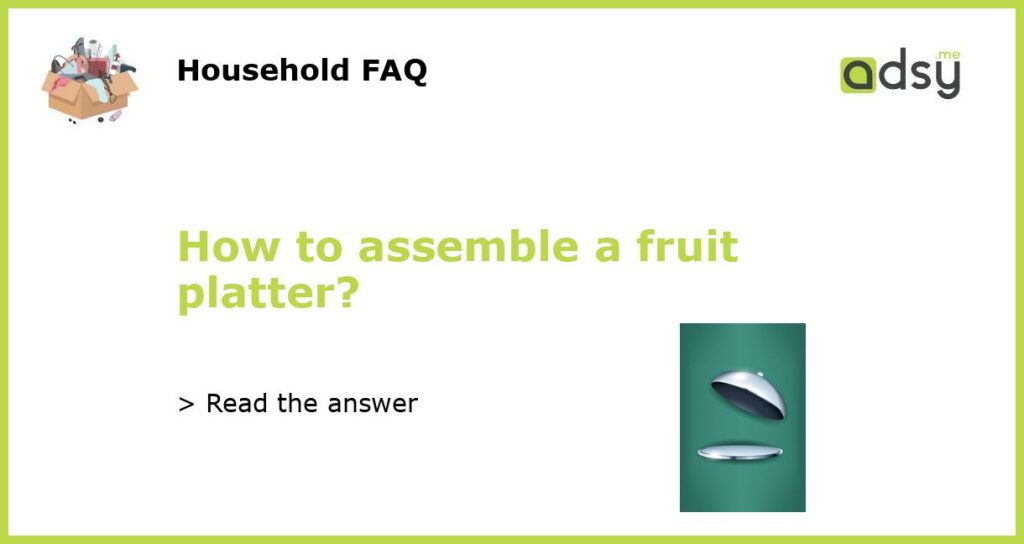Choosing the right fruits for your platter
The first step in assembling a fruit platter is selecting the right fruits to include. This will depend on your personal preferences, as well as the season and availability of different fruits. It’s important to choose a variety of fruits to offer a range of flavors, textures, and colors.
Some popular choices for a fruit platter include:
- Strawberries
- Blueberries
- Raspberries
- Grapes
- Cantaloupe
- Honeydew melon
- Pineapple
- Watermelon
- Kiwi
- Oranges
Preparing the fruits
Once you have chosen your fruits, the next step is to prepare them for the platter. Start by washing all the fruits under cold water to remove any dirt or residue. You may also need to peel certain fruits, such as oranges or kiwis.
After washing and peeling, you can start to cut the fruits into bite-sized pieces. For berries, you can leave them whole or slice them in half. For larger fruits like melons or pineapples, you can slice them into wedges or cubes.
Arranging the fruits on the platter
Now that your fruits are prepared, it’s time to arrange them on the platter. Start by choosing a large, flat serving platter or tray that will hold all the fruits. You can line the platter with lettuce or other greens to add some color and texture to the presentation.
Begin by placing larger fruits, such as melons or pineapples, around the edges of the platter. This will create a border and give structure to the arrangement. Then, fill in the center with smaller fruits like berries or grapes.
Try to vary the colors and shapes of the fruits to create an appealing and visually appealing display. You can also add some garnishes, such as mint leaves or edible flowers, to enhance the platter’s appearance.
Adding artistic touches
To take your fruit platter to the next level, you can add some artistic touches to the arrangement. This can be done by using different knife cuts to create interesting shapes and textures.
For example, you can use a melon baller or a small spoon to create round shapes from melons or other fruits. You can also use a vegetable peeler to create thin, decorative strips of fruit peel.
Another option is to create fruit skewers or kabobs by threading various fruits onto wooden skewers. This not only adds visual interest but also makes it easier for guests to pick up the fruits and enjoy them.
Enhancing the flavor with dips and sauces
To enhance the flavor of your fruit platter, you can serve it with a variety of dips and sauces. This can include:
- Yogurt dip
- Chocolate sauce
- Whipped cream
- Fruit salsa
- Honey
These dips and sauces can be served in separate bowls alongside the fruit platter, or you can drizzle them directly over the fruits for added flavor.
Ready to assemble your own fruit platter? Follow these steps to create a delicious and visually appealing display of fresh and vibrant fruits. Your guests will be impressed by your creativity and attention to detail!






